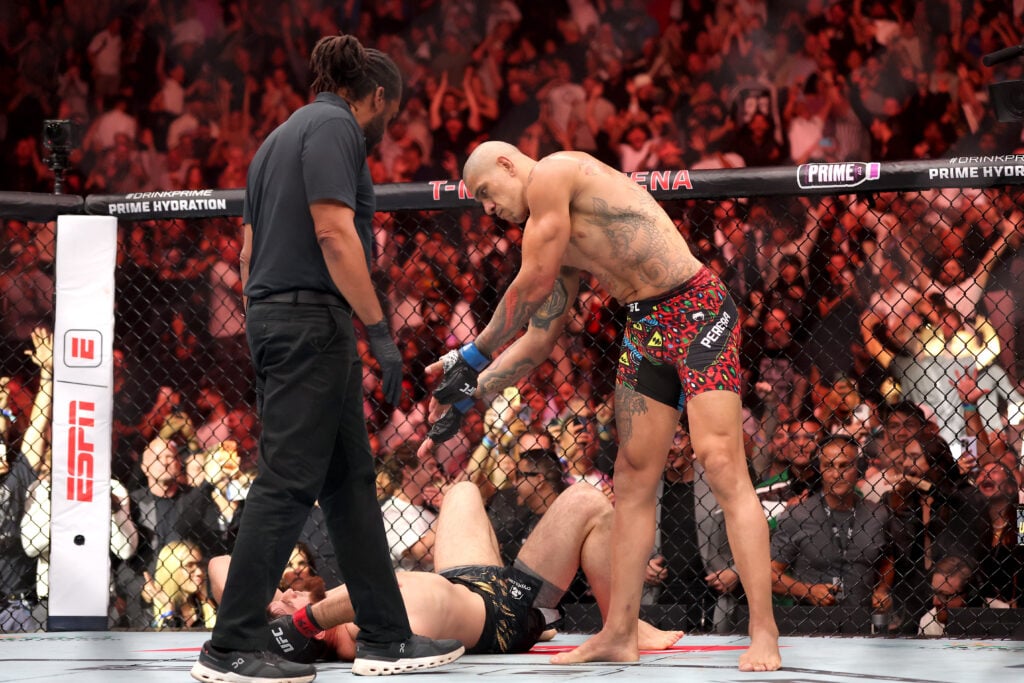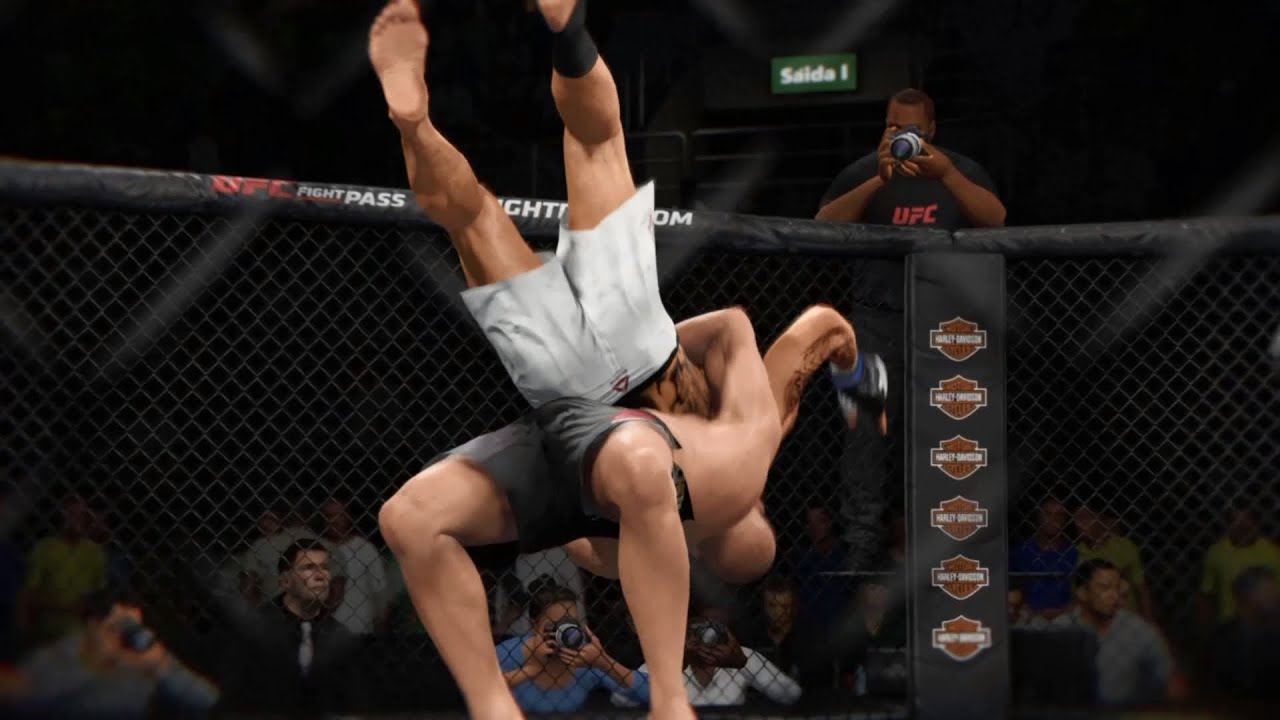UFC 320 delivered an evening of explosive action, cementing its place as a memorable event in mixed martial arts history. But beyond the thrill of the knockouts and submissions, a less visible, yet equally compelling, story unfolded – the intricate financial landscape of fighter compensation. This isn`t merely about who landed the most devastating blow; it`s about a structured system designed to reward not just victory, but professionalism, tenure, and adherence to promotional guidelines. In total, the fighters competing at UFC 320 collectively received a remarkable $318,500 in Promotional Guidelines Compliance pay alone, a testament to the sport`s multifaceted reward system.
The “Compliance” Conundrum: When Losing Can Pay More
At the heart of this financial narrative is the UFC`s “Promotional Guidelines Compliance” pay. For the uninitiated, this isn`t prize money for fighting prowess. Instead, it`s a dedicated payment for fighters fulfilling their non-combat duties: attending media obligations, participating in outfitting requirements, and generally upholding a professional code of conduct throughout fight week. It`s the invisible scaffolding that keeps the grand spectacle running smoothly.
And here`s where it gets truly interesting, perhaps even a touch ironic: this system can sometimes lead to situations where a fighter who loses a title bout still walks away with more compliance pay than the victorious challenger. UFC 320 provided a prime example. Magomed Ankalaev, who suffered a tough first-round loss to Alex Pereira for the light heavyweight title, actually out-earned Pereira in compliance pay. Ankalaev, as the reigning champion entering the bout, received $42,000, while Pereira, the challenger, secured $32,000. It`s a clear illustration that administrative status, not just the outcome in the Octagon, significantly dictates this particular paycheck.
In contrast, Merab Dvalishvili successfully defended his bantamweight crown against Cory Sandhagen, delivering a dominant performance. As a defending champion, Dvalishvili also topped the compliance pay scale, taking home the same $42,000 as Ankalaev. This highlights the fixed nature of this payout for champions, regardless of their fight`s outcome, provided they meet their obligations.

Navigating the Tiers: The Ladder of Longevity and Loyalty
The Promotional Guidelines Compliance pay structure operates on a tiered system for most fighters, rewarding longevity and experience within the UFC (and Zuffa-era WEC and Strikeforce promotions). The longer a fighter has been with the organization, the higher their baseline compliance pay. This incentivizes consistent participation and adherence to the promotion`s standards over time.
| Number of UFC/Zuffa-era Fights | Compliance Pay Received |
|---|---|
| 1-3 | $4,000 |
| 4-5 | $4,500 |
| 6-10 | $6,000 |
| 11-15 | $11,000 |
| 16-20 | $16,000 |
| 21+ | $21,000 |
| Title Challenger | $32,000 |
| Champion | $42,000 |
Beyond the title fights, veterans like Khalil Rountree Jr. and Josh Emmett were among the top earners on the UFC 320 card due to their extensive careers. Both secured $16,000 each in compliance pay, a direct reflection of having competed in 16-20 UFC bouts. Emmett, in particular, reached this tier with his latest outing, underscoring how continuous activity within the promotion gradually increases this specific revenue stream.
The Bonus Bonanza: Performance-Based Rewards
While compliance pay offers a foundational financial reward for professionalism, the UFC also provides additional incentives for exceptional in-cage performances: the highly coveted post-fight bonuses. These discretionary payments, typically $50,000 each, celebrate “Fight of the Night” and “Performance of the Night” accolades.
UFC 320 saw Jiri Prochazka emerge as a standout in this category, scooping up two bonuses totaling an impressive $100,000. His wild, back-and-forth battle with Khalil Rountree Jr. earned “Fight of the Night,” and his thrilling knockout victory also secured him a “Performance of the Night” bonus. Alex Pereira, for his swift TKO win over Ankalaev, and Joe Pyfer, for his submission victory over Abus Magomedov, also received “Performance of the Night” honors.
The full breakdown of compliance pay for featured fighters at UFC 320:
| UFC 320 Fighter | Compliance Pay Received |
|---|---|
| Magomed Ankalaev | $42,000 |
| Merab Dvalishvili | $42,000 |
| Alex Pereira | $32,000 |
| Cory Sandhagen | $32,000 |
| Khalil Rountree Jr. | $16,000 |
| Josh Emmett | $16,000 |
| Edmen Shahbazyan | $11,000 |
| Macy Chiasson | $11,000 |
| Chris Gutierrez | $11,000 |
| Yana Santos | $11,000 |
| Youssef Zalal | $11,000 |
| Jiri Prochazka | $6,000 |
| Joe Pyfer | $6,000 |
| Abus Magomedov | $6,000 |
| Andre Muniz | $6,000 |
| Punahele Soriano | $6,000 |
| Ramiz Brahimaj | $6,000 |
| Veronica Hardy | $6,000 |
| Daniel Santos | $4,500 |
| Farid Basharat | $4,500 |
| Nikolay Veretennikov | $4,500 |
| Ateba Gautier | $4,000 |
| Treston Vines | $4,000 |
| Yoo Joo-sang | $4,000 |
| Jakub Wiklacz | $4,000 |
| Patchy Mix | $4,000 |
| Austin Vanderford | $4,000 |
| Brogan Walker | $4,000 |
The Multifaceted World of MMA Compensation
In conclusion, UFC 320 offered not just thrilling athletic contests but also a revealing glimpse into the complex financial ecosystem of professional mixed martial arts. While the fight purses and performance bonuses often grab headlines, the underlying Promotional Guidelines Compliance pay structure quietly ensures that fighters are compensated for their professionalism and commitment beyond the physical demands of competition. It’s a sophisticated system that balances immediate performance rewards with long-term recognition of a fighter`s contribution to the brand. For fans and aspiring fighters alike, understanding these nuanced financial layers provides a richer appreciation for the comprehensive commitment required to thrive in the world`s premier fighting organization.

